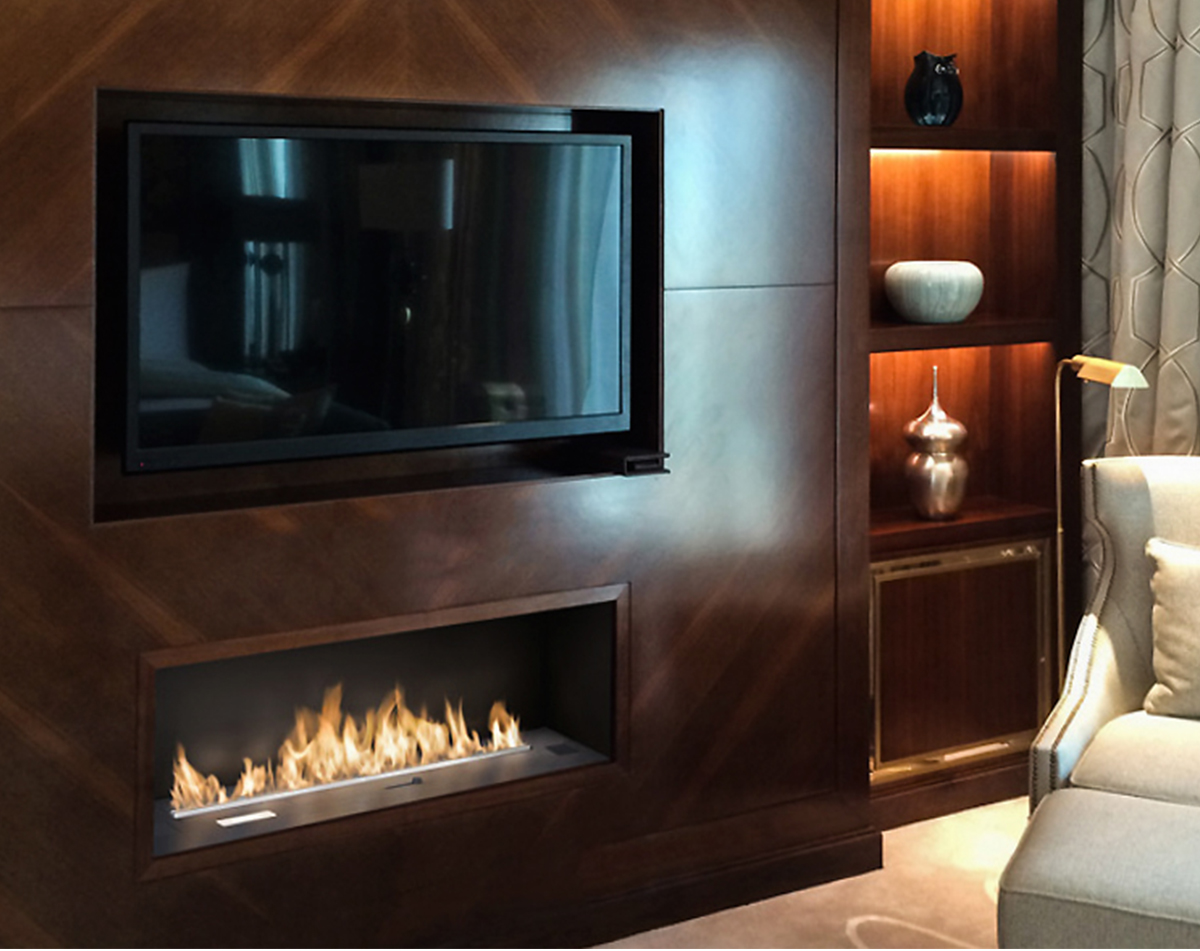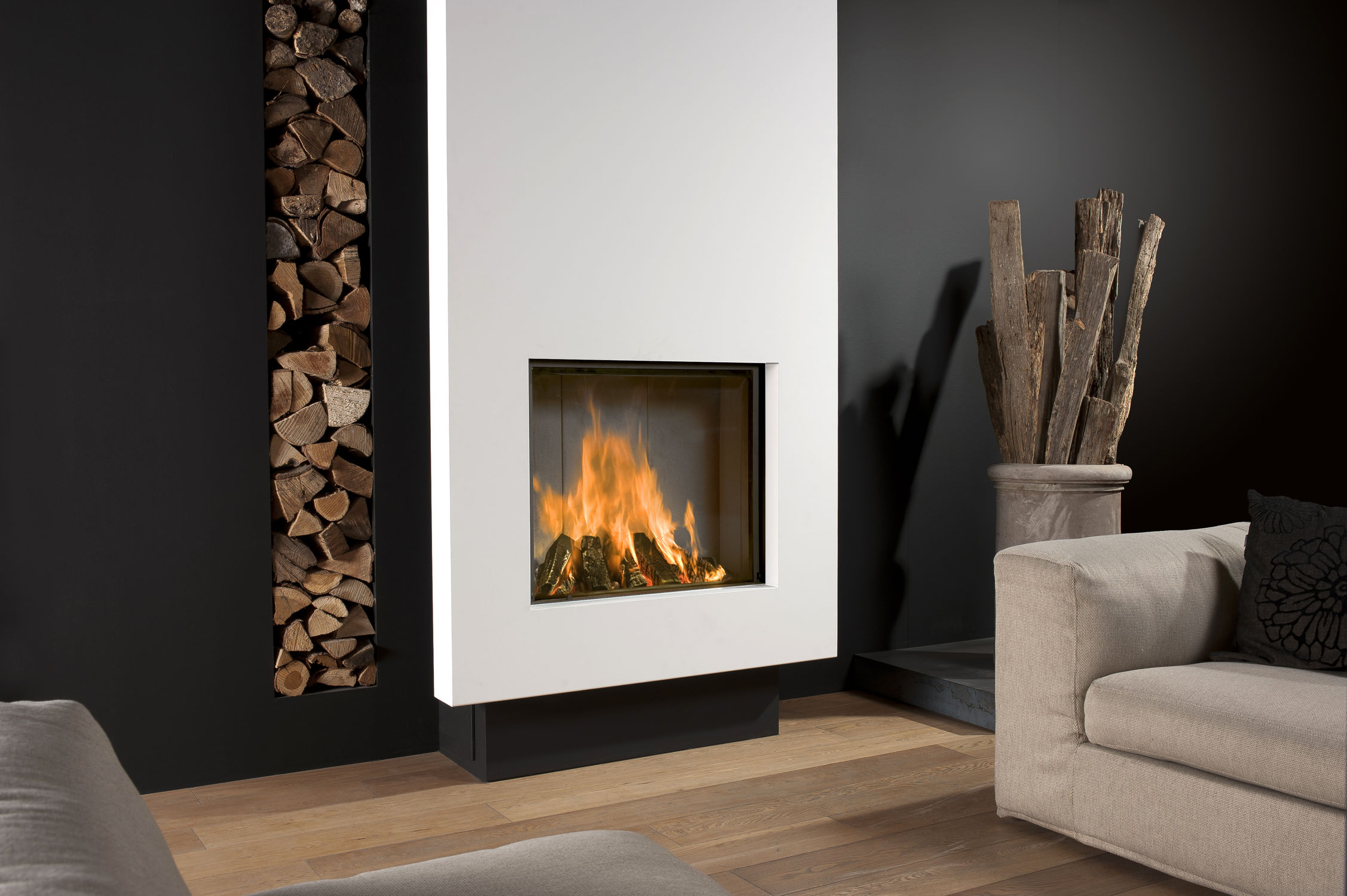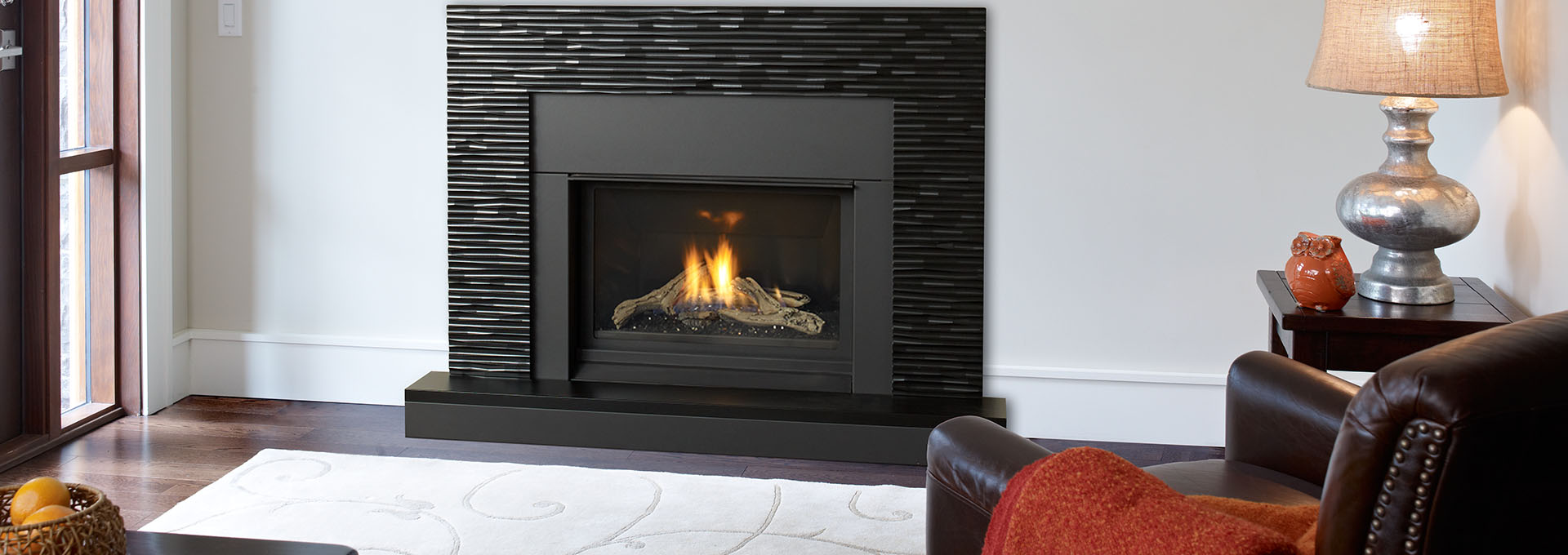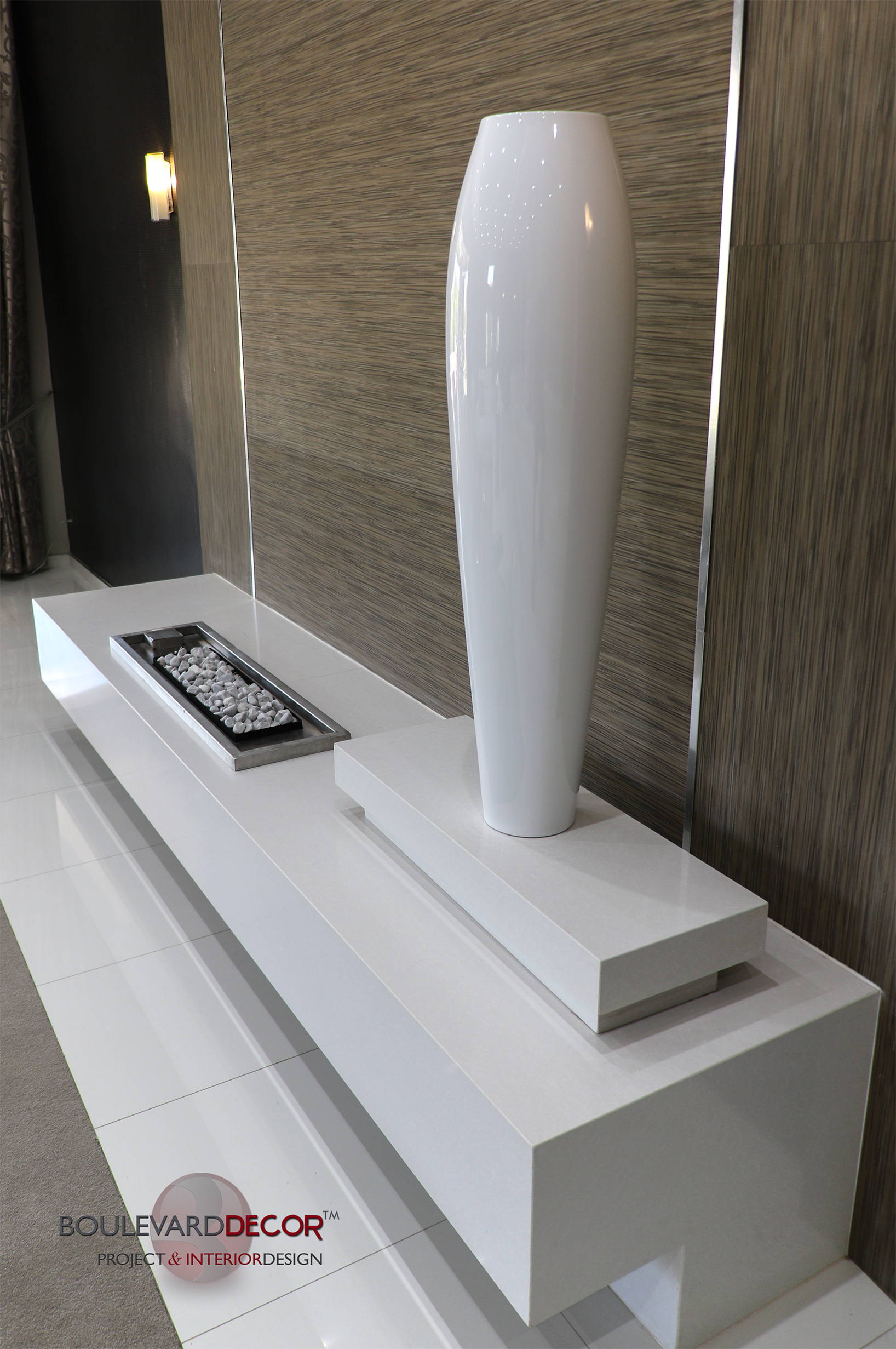
Know the right fireplace for your home.
There is something about fire that just brings upon a sense of comfort. Almost as if it’s something imbedded in our genes. We always seem to be attracted to it.
When it comes to our homes and having a perfectly suited fireplace, there are many designs one could choose from that may suit our personality and complement our home. However, what to consider at the end of the day is the type of fireplace you would need.
There are three types of fireplaces we will discuss for you to consider: Bio-ethanol, Wood and Gas. Knowing a bit more about each one might save you a lot of time, effort and hassle. Here we will discuss different variables such as health, safety, maintenance, size vs. volume and cost to take into consideration before purchasing and installing a new feature to your home.
1. Bioethanol Fireplaces:

A good place to start would be to go through what bioethanol actually is. Ethanol comes from non-organic materials such as oil, natural gas and bio-ethanol from organic materials such as grapes, sugar beet and sugar cane. The plant-based material is put through the fermentation process to produce bioethanol. Bioethanol generally consists of around 96.5% pure alcohol. It is used in many industries such as food production, mining, product manufacturing and using it as an alternative to diesel and petrol.
Due to the nature and composition of bioethanol, it is considered to be a “clean fuel”, meaning that the emissions are so low that you do not need a chimney to extract the fumes. When the fuel is being burnt, it burns 100% clean, leaving no residue behind. In Johannesburg where bioethanol is used for public transport, the exhaust fumes created by the buses are surprisingly cleaner than the ambient air outside.
The most common misperception of bioethanol as a source fuel for fireplaces, is that it doesn’t provide heat. This is absolutely far from the truth. There are many bioethanol fireplaces available that actually produce more heat than gas or even wood-burning fireplaces. To simply compare wood vs. gas vs. bioethanol with regards to heat output is like comparing a small family car to a sports car for top speed. Both are cars but they serve a different need and purpose. You have to compare ‘apples’ with ‘apples’.
For people with limited space, who require an instant heat or for whom it is impractical to install a wood burning fireplace, the bioethanol option should be the obvious choice. Biofuel fireplaces are also a very viable solution for consumers that rent property as in some cases the fireplace is either freestanding and mobile or easily removed without compromising the property. They can therefore invest in a quality fireplace without needing to part with their investment when they move.
In general, a 1 litre of bioethanol fuel would last from 4 hours on maximum setting and up to 8 hours on minimum setting. Shutting the fireplace off early will preserve the rest of the fuel until you wish to light the fireplace again. The fuel itself will only evaporate if you forget to close the lid.
Should you wish to refuel an ethanol fireplace shortly after having it lit, we recommend closing the lid and waiting 15 minutes before refuelling. Refuelling a hot fireplace is a safety hazard and can cause accidents, like a burst of flame when lighting the fire. By waiting 15 minutes, the fireplace is allowed to cool off before reigniting it.
Buying the right fuel:
We always recommend buying single litre bottles of bioethanol, as well as using a funnel to avoid any spilling of the fuel. Make sure that the fuel you purchase is intended for indoor use within ethanol fireplaces. Always buy high-quality ethanol fuel. Cheaper brands can make your entire room smell like alcohol.
Bioethanol fireplaces can be as simple as a burner that you incorporate into your own unique design to more elaborate designs that suspend from a ceiling or mounted onto a wall. The possibilities are truly endless. The underlying benefit of these fires is the positive impact on the environment. Unlike gas and wood burning fireplaces, bioethanol is carbon neutral.
Are Bioethanol fireplaces safe?
Ethanol fireplaces are safe for your health and they are much better for air quality than wood or gas fireplaces.
Here is why:
The result of ethanol fuel combustion produces water, steam and carbon dioxide. The quantity of carbon dioxide or CO2 emitted by burning 3 hours of an ethanol fireplace is about equivalent to the amount of CO2 produced by burning 2 average candles.
Installation:
Ethanol fireplaces are the simplest fireplaces to install. Ethanol fireplaces do not require a flue, pipe connection, or any construction or reconstruction. Think no gas lines, no electric lines or any in-wall work at all. Ethanol fireplaces are vent free and since they run on the fuel that you pour directly into the fireplace they can literally be placed in the middle of the room.
Ethanol fireplaces are virtually assembly free. Nearly all table top ethanol fireplaces come assembled, just slide the ethanol burner insert and attach the safety glasses. Free standing ethanol fireplaces need a simple 5 part assembly which not take longer than 10 minutes and a screwdriver.
The wall mounted fireplaces require mounting on a wall, just like a picture or a flat screen TV and all the hardware is included in the box.
Bioethanol fireplaces in a nutshell:
- No installation of chimney or gas line
- Quick and easy to install
- Eco friendly
- Maintenance free
- No power supply needed
- Completely safe to use
- Heat is instantaneous
- Only vent-free fires that are allowed in bedrooms
- Wood Fireplaces:

If your need is to have a fireplace that burns throughout the day on most days, then you should seriously consider a closed combustion wood burning fireplace and not bioethanol. Closed combustion wood burning fireplaces are more economical to burn over extended periods of time but the trade-off is a permanent fixture, the maintenance and the time it takes for the fireplace to produce heat.
If improperly installed, operated, or maintained, wood burning fireplaces are potential sources of house fires. Embers popping out of an unscreened fire or chimney fires from creosote build-up are just two of the hazards that can be avoided with proper use and care. Wood burning fireplaces can also negatively affect indoor air quality.
Smoke may smell good, but it’s not good for you. Any smoke escaping from the firebox into the room means the fireplace isn’t operating properly. Also, since fires consume a large volume of air as they burn, it’s possible to create negative pressure in the home as air from outside is drawn indoors to replace the air consumed by the fire. If that “make-up” air is drawn back in through the flues of gas- or oil-burning furnaces and water heaters, it can also draw deadly flue gases, like carbon monoxide, back into the home. This is called “back drafting” and is one reason all homes should be outfitted with working, well-maintained smoke and carbon monoxide alarms.
When it comes to your wood-burning fireplace, there are two options available:
Open Fireplaces:
An open grate might be the most romantic way to appreciate the dancing flames and hear the crackle of a log fire, but more than half the heat from open fireplaces goes straight up the chimney. That means they use more fuel, making them less cost-effective and less eco-friendly than their closed combustion cousins. They also take more looking after – cleaning out of ash and so on – so, while they are delightful and less expensive, they have some shortcomings.
Closed Combustion Fireplaces:
Wood-burning fireplaces (many can burn coal, too) are incredibly effective and efficient. Some 80 percent of the heat they generate goes into warming the room. That makes them easier on fuel and cleaner to run. They heat up rooms quickly, look good – in steel or cast iron, and can look either traditional or sleek and modern – and generally pay for themselves in savings on electricity in a few years, even though they’re more expensive than open fireplaces.
It is relatively easy to work out how much wood should be burnt in a specific kilowatt close combustion fireplace. The correct calorific value of wood can be calculated by subtracting the moisture content of the wood in question from the potential calorific value of wood in general. The answer in Kilowatt can then be used to be divided into the kilowatt potential of the fireplace to arrive at a maximum kilogram per hour consumption rate.
For example:
How much wood should be used in a 10 Kilowatt fireplace? Let’s assume that we are using well-seasoned wood with a moisture content of 15%.
5Kw (Potential calorific value of wood) – 15% moisture content = 4.25 kW, thus…
10kW divided by 4.25kW = 2.35 Kg of wood per hour necessary to achieve a 10 kW output.
3. Gas Fireplaces:

A fireplace can be a comfortable heat source and a fond gathering place, and gas fireplaces offer both benefits at the click of a button. But many people aren’t sure what to think when it comes to gas fireplace safety. Are gas fireplaces safe? Are they environmentally friendly?
On the whole, gas fireplaces are clean and energy efficient. They produce far less carbon monoxide and other emissions than their traditional wood-burning counterparts. But not all gas fireplaces are equal. There are important distinctions between gas fireplace models that impact their efficiency and performance. Some gas fireplaces are classified as ‘decorative,’ while others are heaters by design. Be sure to note the difference when comparing gas fireplace efficiency ratings.
Gas fireplaces are safe. As with all gas appliances, they do produce carbon monoxide. If something goes wrong, carbon monoxide put the home’s occupants at risk. It’s not always easy to tell when there’s a carbon monoxide leak. Carbon monoxide has no colour, smell, or taste, and the early symptoms of carbon monoxide poisoning are subtle. Therefore, carbon monoxide detectors are a critical part of gas fireplace safety, even if you don’t use the fireplace often. Ensure your home has at least one on each floor.
Gas Fireplace Benefits:
– Instant Start up
– No tending
– No expensive wood to buy each year
– Low Maintenance
– Energy efficiency (50-99% efficient compared to 10-30% for wood)
– Clean burning
The clincher for most people is the easy installation—a gas fireplace can go pretty much anywhere you can run wiring, a gas line and a small metal chimney.
Types of Gas Fireplaces:
The three main types of gas fireplaces are “Log Sets”, “Inserts” and “Built-Ins”.
Log sets and inserts convert traditional masonry fireplaces to gas. A log set is a kit with a burner, grate and logs that sits inside the old fireplace, typically using the chimney for venting. Inserts are self-contained units that slip into a firebox. They often have dedicated venting and can offer the same heating and efficiency features as a built-in. Built-ins are freestanding appliances that you enclose with framing and wall finishes. Built-ins are the most versatile type and range from large standard units that mimic traditional fireplaces to double-sided through-the-wall units to futuristic models that border on wall art.
Venting Options:
While you can vent some gas fireplaces through an existing masonry chimney or a new B-vent chimney (one that does exhaust only), this negates much of the efficiency and room heating benefits of gas. Most of the fire’s heat goes up the chimney, along with the room’s warm air.
At the other end of the spectrum is the no-vent option, possible only with “vent-free” fireplaces. These are highly efficient because all the heat stays in the house, but no matter how efficiently you burn gas, it still gives off carbon monoxide and water vapours. You’ll have to decide whether no-vent is a good idea for your home; manufacturers say the system is perfectly safe, yet many building science experts believe it degrades indoor air quality and is potentially hazardous.
That leaves the best all-around option: direct venting. This uses a special metal duct that pulls fresh air from outdoors to feed the gas fire with oxygen and then sends the fire’s exhaust out through a separate chamber. Because the front of the fireplace is sealed (usually with glass), there’s no loss of warm room air, and all of the bad stuff from the fire goes outdoors.
Installation:
Most built-in gas fireplaces with direct venting are “zero-clearance“, meaning they can be enclosed with wood framing and other standard construction materials, although offsets or heat shields may be required for some parts. Vent ducts typically run from the top of the unit and out through the nearest exterior wall, but many other configurations are possible. Most of the installation is doable for a handy homeowner. However, you should hire a pro to handle the gas and electrical connections and install or at least inspect the vent duct to make sure it’s safe. The wall above and around the unit can be finished with trim, paint, tile, faux stone, you name it.
Size vs Volume:

Fireplaces are built and specified to heat a certain space. When sizing up a fireplace it’s important to take into account the insulation factor of the installed environment.
Fireplaces are rated in kilowatt (kW) output and this figure gives you an indication of the heat output capability of the unit, enabling you to determine whether it is sized correctly to achieve the desired results. For single-volume spaces a quick tip and rule of thumb would be to specify 1kW per 10m2.
Step 1:
Calculate your room’s volume (m3).
Measure your room width, length and height. Multiply those figures with each other to get your room volume.
Step2:
Multiply the cubic metres (volume) by the relevant insulation factor below:
– Poorly insulated room: 0.06
– Well-insulated room: 0.035
The result, measured in kilowatts, is the minimum heat output required.
AUTHOR: Darius Du Plessis



